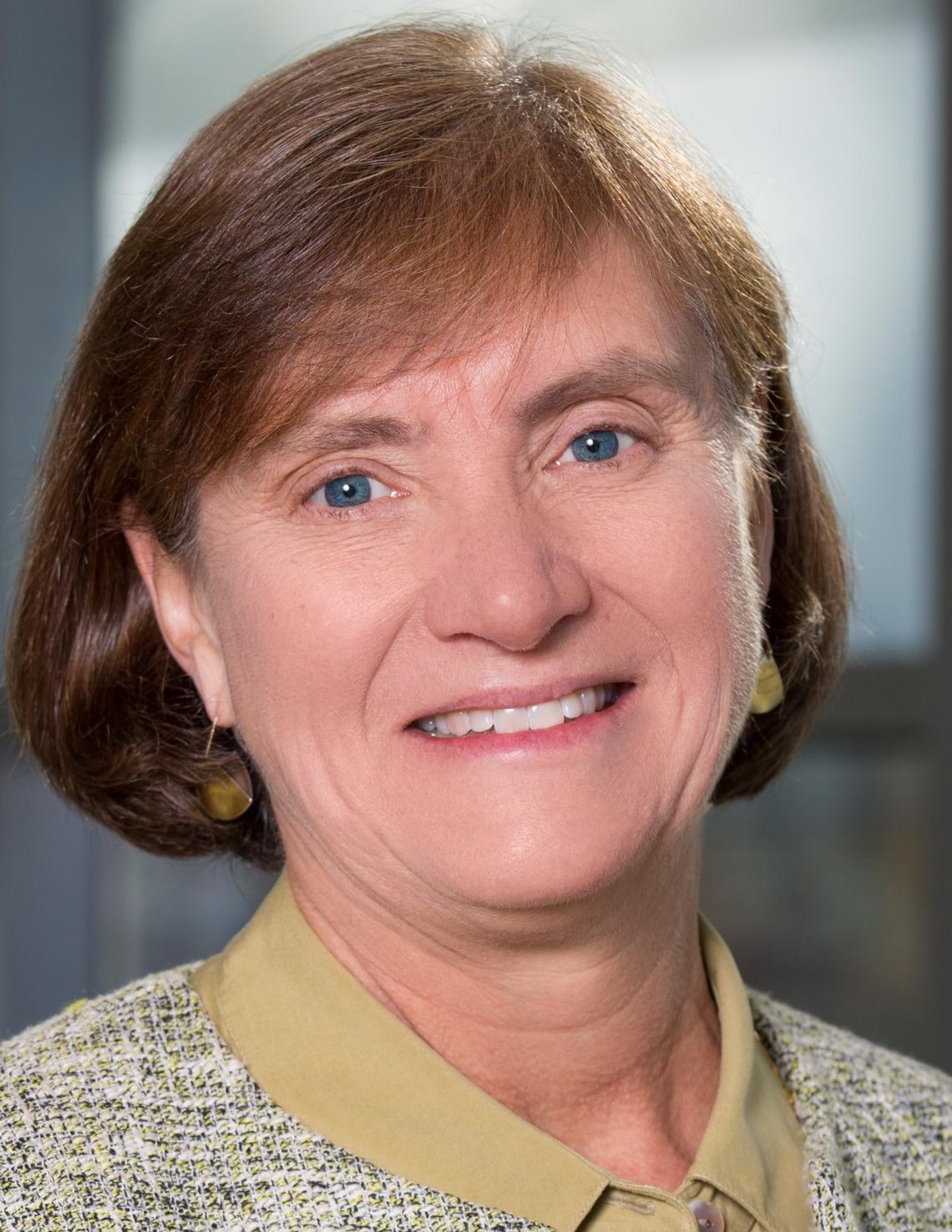May 8, 2018
Harvard scientist shares fresh insights into the gene mutations responsible for heart disease

Dr. Christine Seidman the T.W. Smith Professor of Medicine and Genetics at Harvard Medical School.
Libin Cardiovascular Institute of Alberta
Hypertrophic cardiomyopathy is a disease where the heart becomes abnormally thick and may have difficulty pumping blood. The disease is usually caused by abnormal genes and can cause shortness of breath, chest pain, problems in the heart’s electrical system and, in about one per cent of sufferers, even sudden cardiac death. Unfortunately, sufferers may not know they have the disease, and there are rare instances of otherwise healthy people, including high school athletes, dying suddenly.
Dr. Christine Seidman’s lab at Harvard Medical School has discovered that genetic mutations are behind the disease and that certain molecules that have a role. Due to her lab’s work, two molecules that could benefit patients are in development.
Dr. Seidman is the T.W. Smith Professor of Medicine and Genetics and director of Brigham and Women’s Cardiovascular Genetics Center at Harvard. She will deliver the 2018 Libin/AHFMR (formerly the Alberta Heritage Foundation for Medical Research, now Alberta Innovates) lecture on May 14 in the Libin Lecture Theatre: Solving the Mysterious Causes of Familial Heart Disease.
Q: How did you become interested in a career in research?
A: As an undergraduate biochemistry major at Harvard University, I became fascinated with understanding the detailed molecular events that “explained” biologic processes. I enjoyed experimentation and reductionist science, but I had always wanted to become a physician, so after college I went to the George Washington School of Medicine and subsequently became an intern and resident at Johns Hopkins Hospital, where my experiences in taking care of patients rekindled a desire to know the causes and mechanism of disease — particularly conditions that appeared in seemingly healthy individuals.
Dr. Victor McKusick was the chair of medicine at Johns Hopkins at that time, and his tutelage led to my continued interest in human genetics. I cared for many patients with heart disease at Hopkins and became interested in these pathologies. I obtained sub-specialty training in cardiology at the Massachusetts General Hospital, and during that fellowship I became fascinated by a familial heart condition called idiopathic hypertrophic subaortic stenosis (IHSS).
Patients with IHSS have remarkably curious presentations and often devastating outcomes. I thought new tools, developed while I was in clinical training, might allow discovery of genetic causes and mechanisms for IHSS. To retool in these skills, I joined the laboratory of my husband, Jon Seidman, PhD (the Henrietta B. and Frederick H. Bugher Professor of Cardiovascular Genetics).
Since then, we have been a scientific team and lead a joint program in the Department of Genetics at Harvard Medical School that studies IHSS (now called HCM– hypertrophic cardiomyopathy) and genetic causes for other cardiomyopathies and for congenital heart malformations.
Q: Your research on the role of genes in human heart disease is fascinating. Tell us what you have discovered.
A: We have discovered the gene mutations that cause two common conditions: hypertrophic cardiomyopathy (HCM) and dilated cardiomyopathy (DCM). HCM, the most common cause of sudden death on the athletic field, thickens the walls of the heart and relaxation becomes progressively poorer. We learned that HCM is due to mutations in the eight proteins that comprise the sarcomere, which cause the heart cells to contract. By studying the biophysical properties of heart cells with abnormal sarcomere proteins, we’ve learned why the heart fails to fully relax and why this promotes arrhythmias and heart failure.
In our studies of DCM, which is characterized by thinning of heart muscle walls and very poor contraction, we have discovered many disease genes. Although a variety of genes are altered in DCM patients, the most important one is titin, the largest protein in heart cells and is foreshortened (or truncated) by mutation in about 20 per cent of DCM patients and about 15 per cent of young women with peripartum cardiomyopathy. Titin mutations prevent full development of normal sarcomeres, which limits the heart’s ability to respond to lifelong stresses.
Q: How has this research helped you define novel therapeutic targets?
A: Our studies of both HCM and DCM point to the sarcomere as a critical element that controls heart function. Until recently, there were no molecules that interacted with the sarcomere and directly altered its function, but discoveries made by our group and others have led pharmaceutical and biotech companies to screen small molecules to identify those that interact with the sarcomere. Two are currently in development: Omacamtiv (Amgen) and Mavacamtiv (Myokardia, co-founded by Drs. Leinwand, Spudich, C.E. and J.G. Seidman) binds the sarcomere and increases relaxation, which should benefit HCM patients.
Q: How does your work help patients?
A: We could not have accomplished so much without the input of patients, their doctors and their family members. Preclinical and early clinical trials show that Omacamtiv and Mavacamten are safe drugs and ongoing clinical trials will establish if these are effective, direct therapies. While we hope so, we know that genetic studies have already benefitted patients with cardiomyopathies.
Gene-based diagnosis is available today and can accurately define individuals with these conditions and their relatives who are at risk of developing cardiomyopathy in the future. Early recognition of disease can enable screening to prevent life-threatening arrhythmias and interventions as well as indirect therapies to support heart function and to control symptoms. As we learn more about genes that have escaped detection, we can expect better diagnostic tools and more precise therapies.
